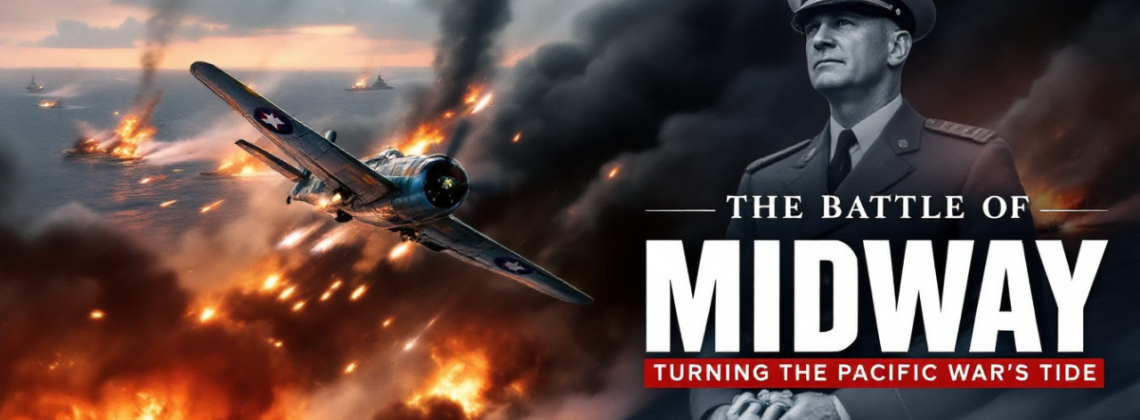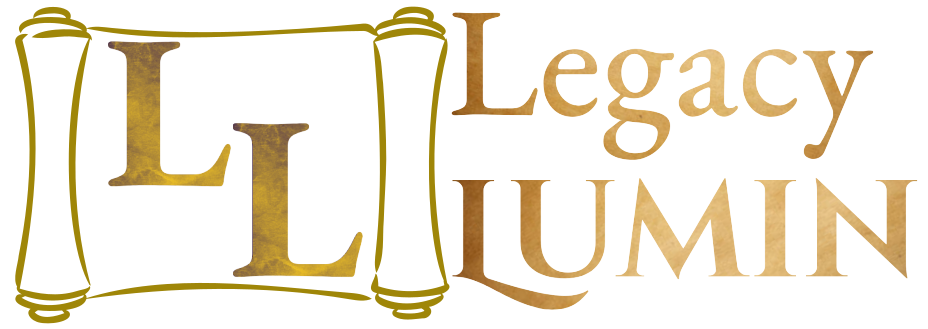
The Battle of Midway, fought from June 4 to 7, 1942, was a pivotal moment in the Pacific War during World War II. It marked a turning point in the conflict, shifting the balance of power in favor of the United States and ultimately contributing to the defeat of Japan. This battle, which took place just six months after the devastating attack on Pearl Harbor, was a clash of titans, pitting the powerful Japanese Imperial Navy against the determined forces of the United States Navy.
The Strategic Importance of Midway
Midway Atoll, a strategically important island chain located roughly halfway between Japan and Hawaii, became the focal point of this epic battle. For the Japanese, capturing Midway would provide a forward base to threaten Hawaii and the US West Coast. For the Americans, holding Midway was crucial to preventing further Japanese expansion and maintaining a foothold in the central Pacific. The stage was set for a confrontation that would determine the balance of power in the Pacific.
The Japanese Plan
Admiral Isoroku Yamamoto, the brilliant but audacious architect of the Pearl Harbor attack, masterminded the Japanese plan for Midway. Yamamoto believed that a decisive victory at Midway would force the Americans to negotiate a peace favorable to Japan. His plan was complex and relied on a series of surprise attacks and diversions to weaken the American fleet before the main battle. The Japanese plan involved a two-pronged attack: a powerful carrier strike force would sail secretly to a position northeast of Midway to launch a surprise air attack on the island, while a separate invasion force would then capture the island, establishing a Japanese air and naval base.
American Counterattack
Unbeknownst to Yamamoto, American codebreakers had already partially deciphered the Japanese naval codes. Led by Commander Joseph Rochefort and his team at Station HYPO in Pearl Harbor, the Americans were able to glean crucial information about the Japanese plan, including the timing, location, and strength of the attack. Armed with this intelligence, Admiral Chester W. Nimitz devised a daring counterattack. Knowing that the Japanese carriers were the key to victory, Nimitz decided to concentrate his limited forces near Midway, laying a trap for the unsuspecting Japanese fleet.
The Battle
The Battle of Midway began in the early morning hours of June 4, 1942, with Japanese carrier aircraft launching a massive air raid on Midway Atoll. The surprised but determined American defenders met the attack head-on, but the island’s defenses were quickly overwhelmed. American fighters were shot down, and installations were destroyed or damaged. However, the American carriers, positioned approximately two hundred miles north of Midway, remained undetected. As the Japanese aircraft returned to their carriers to rearm and refuel, American dive bombers from USS Enterprise and USS Yorktown arrived over the Japanese fleet. The timing was critical. The Japanese carriers were caught in a vulnerable position, with decks crowded with aircraft, fuel lines, and munitions.
The Turning Point
What followed was a devastating aerial assault that would turn the tide of the battle. American Dauntless dive bombers, known for their ruggedness and accuracy, plunged from the sky, releasing their bombs on the unsuspecting Japanese carriers below. The bombs struck their targets with deadly precision, unleashing infernos on the crowded flight decks. The sinking of the Kaga started a firestorm in the Pacific. The Japanese carrier Kaga was among the first to be hit, and her flight deck was quickly engulfed in flames and billowing black smoke. The scene aboard the Kaga was one of utter chaos and devastation.
The Aftermath
By the end of the day, all four Japanese carriers that had participated in the attack on Pearl Harbor lay at the bottom of the Pacific Ocean, taking with them over two thousand Japanese sailors and airmen. The American victory came at a cost, with the loss of the carrier USS Yorktown and several other ships damaged. However, the strategic significance of the victory far outweighed the losses. Midway marked a turning point in the Pacific War, shifting the balance of naval power in favor of the United States. The Japanese navy, once seemingly invincible, had suffered a devastating blow from which it would never fully recover.
Legacy of the Battle
The Battle of Midway also shattered the aura of Japanese invincibility that had pervaded the Pacific since the attack on Pearl Harbor. The American victory boosted morale on the home front and demonstrated the resilience and fighting spirit of the US Navy. The battle highlighted the importance of several key factors that would shape the rest of the war in the Pacific. It demonstrated the critical role of aircraft carriers in modern naval warfare and underscored the value of codebreaking and intelligence gathering. The ability of American codebreakers to decipher Japanese naval codes gave the US Navy a significant advantage, allowing them to anticipate Japanese movements and plan their defenses accordingly.
Remembering Midway’s Importance
Today, Midway Atoll is a National Wildlife Refuge and the site of a memorial honoring the sacrifices made during the battle. The Battle of Midway serves as a reminder of the human cost of conflict and the importance of vigilance and preparedness in a dangerous world. The legacy of Midway continues to resonate today, inspiring generations to come with its lessons of courage, sacrifice, and the enduring power of the human spirit in the face of adversity.
In conclusion, the Battle of Midway was a pivotal moment in the Pacific War, marking a turning point in the conflict and ultimately contributing to the defeat of Japan. It is a testament to the courage, skill, and determination of the American sailors and airmen who fought and won one of the most decisive naval battles in history.
